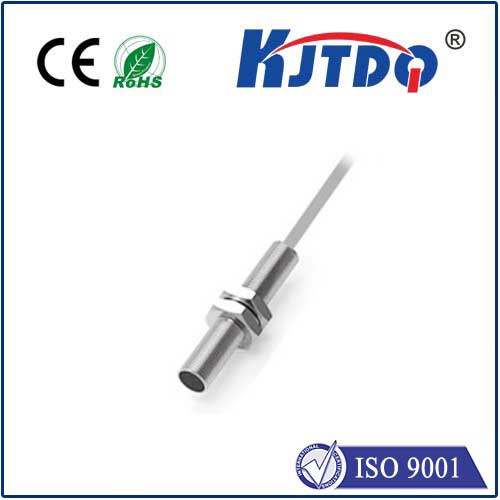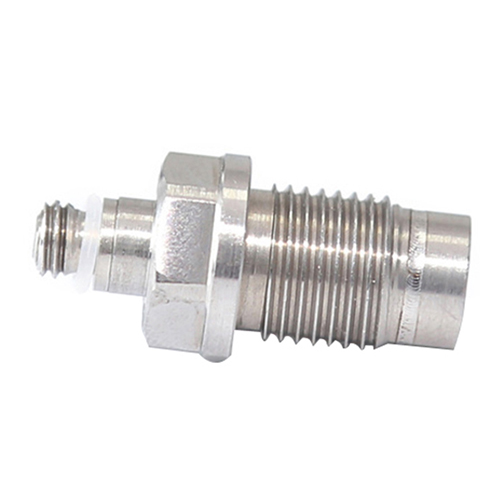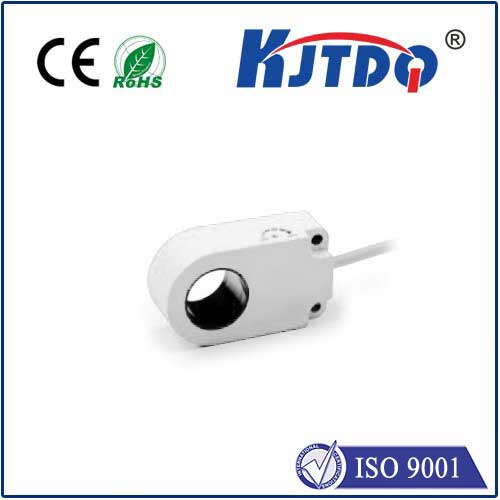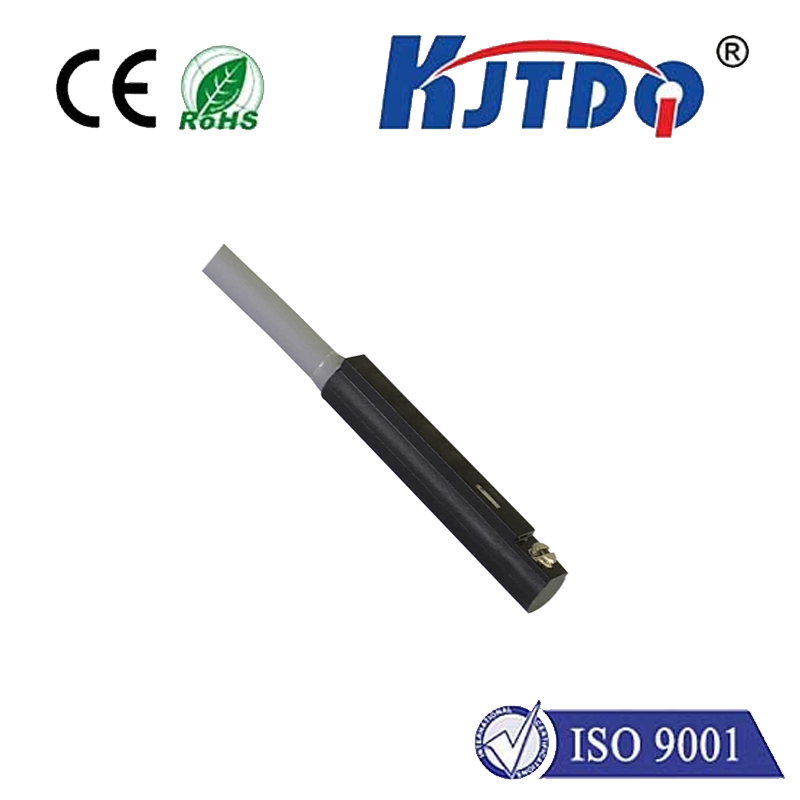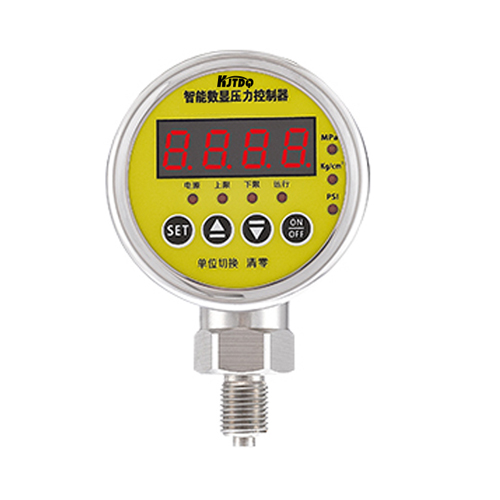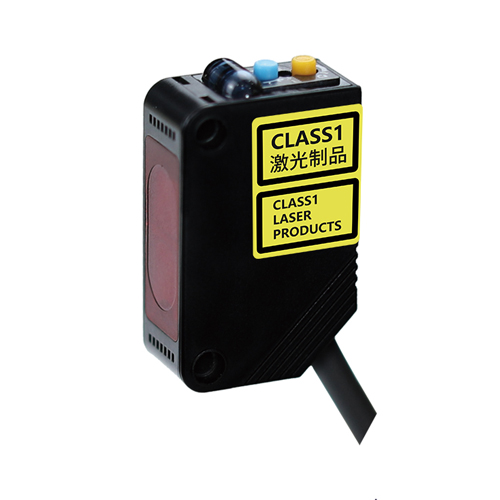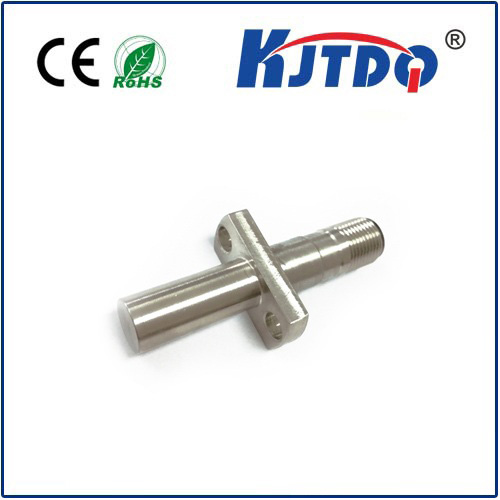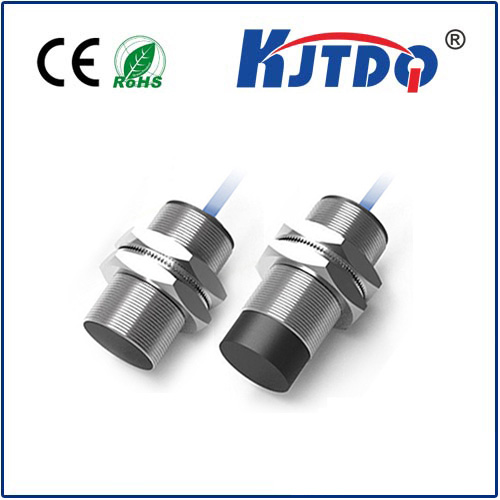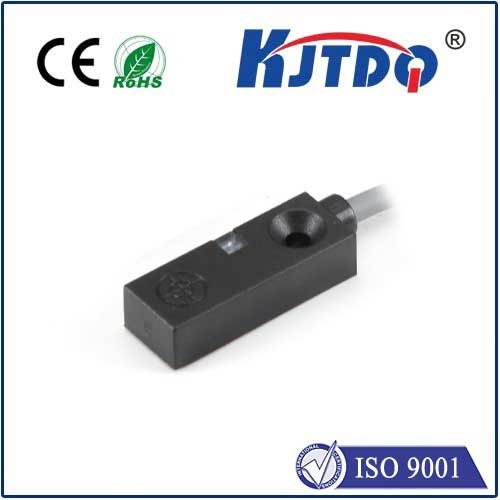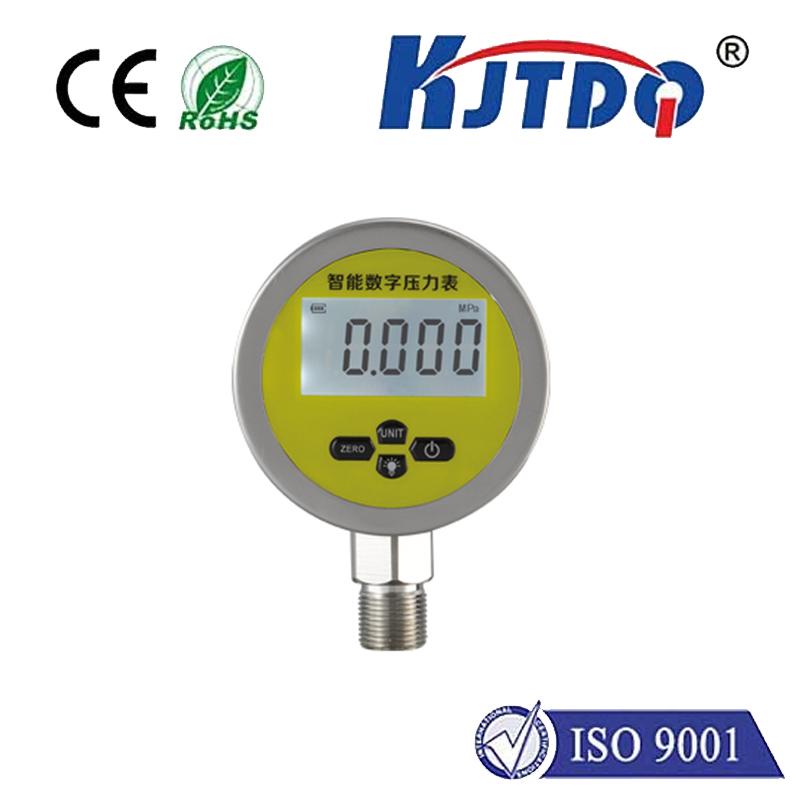zigbee proximity sensor
- time:2025-07-04 02:54:58
- Click:0
Zigbee Proximity Sensors: The Unseen Intelligence Behind Smart Spaces
Imagine a room that senses your arrival, lights illuminating your path without a touch. Picture security systems activating only when an unexpected presence lingers near a sensitive door. Envision factory equipment intuitively pausing as you approach. This isn’t science fiction; it’s the reality enabled by the silent, efficient power of Zigbee proximity sensors. These unassuming devices, forming the subtle nervous system of modern smart environments, detect the nearness or presence of people or objects wirelessly, triggering actions that enhance convenience, safety, and efficiency. Understanding how they operate and their unique advantages reveals why they are a cornerstone in the expanding universe of the Internet of Things (IoT).
At its core, a proximity sensor detects the physical presence of an object within a specific range, usually without physical contact. Common technologies include infrared (detecting heat signatures or reflected IR light), ultrasonic (using sound waves), and capacitive (sensing changes in an electrical field). Traditional wired sensors have limitations in flexibility and installation complexity. This is where Zigbee proximity sensors shine. They integrate this proximity detection capability with Zigbee wireless communication.
Zigbee is a low-power, low-data-rate wireless mesh networking protocol built specifically for IoT applications. It operates on the globally available 2.4 GHz frequency band (or regional sub-GHz bands). Unlike Wi-Fi, which connects directly to a high-power router, or Bluetooth, primarily designed for short-range device pairing, Zigbee excels in creating large-scale, reliable mesh networks. Key characteristics include:

- Low Power Consumption: Zigbee devices are designed for efficiency. Zigbee proximity sensors often run for years on small batteries, making them ideal for locations where frequent battery changes are impractical.
- Mesh Networking Capability: This is a game-changer. Each Zigbee device (acting as a router or an end device) can communicate with others within range, creating a self-healing web. If one path fails, signals find another route to the coordinator (the central hub). This significantly extends network range and improves reliability far beyond the reach of a simple point-to-point connection, crucial for covering large homes or buildings.
- Reliability & Scalability: Zigbee networks are robust, handling dozens or even hundreds of devices efficiently. The mesh structure inherently provides redundancy.
- Security: Zigbee incorporates strong encryption (AES-128) and network layer security protocols to protect the data transmitted by your proximity sensors.
So, what makes a Zigbee proximity sensor special? It combines the core function of presence detection with the inherent benefits of the Zigbee network:
- Wireless Freedom & Easy Installation: Eliminates the need for complex wiring runs. Often, it’s simply a case of mounting the sensor and pairing it with your Zigbee hub.
- Battery Efficiency: The primary function (detecting presence) and Zigbee’s low-power modes mean these sensors sip power, ensuring long operational life.
- Real-World Smart Automation: They provide the essential trigger for countless automated actions within a smart ecosystem.
- Seamless Integration: Zigbee proximity sensors effortlessly talk to other Zigbee devices (lights, locks, thermostats, alarms) and integrate with broader smart home platforms (like Amazon Alexa, Google Home, Apple HomeKit, or Home Assistant) via a compatible hub. This creates a cohesive, responsive environment.
- Enhanced Reliability via Mesh: Their integration into the Zigbee mesh network means detection events are reliably transmitted back to the hub, even from distant locations or through obstacles, by hopping through other devices.
Where do Zigbee Proximity Sensors Make a Difference? Applications are diverse:
- Smart Lighting: Triggering lights upon entering a room, hallway, or closet, and turning them off after a period of absence, providing hands-free convenience and significant energy savings.
- Enhanced Security: Monitoring entry points (doors, windows, gates), detecting movement in restricted zones, or activating alarms when unexpected proximity is detected during specific times or within secure areas.
- Presence-Based HVAC Control: Optimizing heating and cooling by detecting occupancy in specific rooms or zones, avoiding energy waste in empty spaces.
- Industrial Safety: Safeguarding workers near moving machinery by triggering automatic shutdowns or warnings when someone gets too close, a critical application in manufacturing environments.
- Retail & Building Automation: Monitoring customer traffic flow in stores, activating digital signage, or controlling lighting and environmental systems based on room occupancy in offices or commercial buildings.
- Accessibility: Automating doors or activating specific equipment as someone with mobility challenges approaches.
- Elderly Care Monitoring: Detecting movement patterns or prolonged absence in specific areas as a passive alert system.
Key Features to Consider When Choosing:
- Detection Range & Method: How close does an object need to be? Ranges vary (e.g., a few centimeters up to several meters). Understand if it uses IR, ultrasonic, capacitive, or a combination. Range and technology determine suitability (e.g., IR for people, capacitive for hands near controls).
- Battery Life: Crucial for maintenance-free operation. Look for sensors boasting years of life on standard batteries. Zigbee’s low power nature is a key advantage here.
- Mounting & Form Factor: Where will it go? Options include wall-mounted, ceiling-mounted, recessed, or surface-mount designs. Discretion is often preferred.
- Integration: Ensure it works with your existing Zigbee hub and preferred smart home platform.
- Adjustability: Can you fine-tune sensitivity or time delays? This helps reduce false triggers.
- Reporting: Does it send continuous updates or only state changes (occupancy/unoccupancy)? State change reporting is far more efficient for battery life.
Installation & Integration: Simplicity is Key:
- Hub First: Ensure you have a Zigbee hub compatible with your chosen ecosystem (SmartThings, Hubitat, Home Assistant with a Zigbee stick, Echo 4th gen, etc.).
- Mount Sensor: Place the Zigbee proximity sensor strategically to cover the desired detection zone, considering its range and technology. Avoid direct heat sources or reflective surfaces that could confuse some sensors.
- Put Hub in Pairing Mode: Initiate the device discovery process on your hub/app.
- Activate Sensor Pairing: Usually involves pressing a button on the sensor per its instructions.
- Configure Automation: Once paired, use your hub’s app or platform (e.g., SmartThings Scenes, Home Assistant Automations) to create “if/then” rules. For example: “IF Zigbee Sensor in Hallway detects presence THEN turn on Hallway Lights,” or “IF Zigbee Sensor in Workshop detects presence AND it’s after 10 PM THEN send security alert.”
Zigbee proximity sensors are more than just switches; they are the foundational intelligence gathering points for a responsive and intuitive environment. Their wireless nature, powered by the robust and efficient Zigbee mesh, makes them incredibly versatile and practical. By providing reliable, low-power detection of presence or nearness, they unlock a world of automation that enhances security, boosts energy efficiency, adds unprecedented convenience, and improves safety across homes, businesses, and industrial settings. In the quest to build truly smart, context-aware spaces, Zigbee proximity sensors offer a powerful






